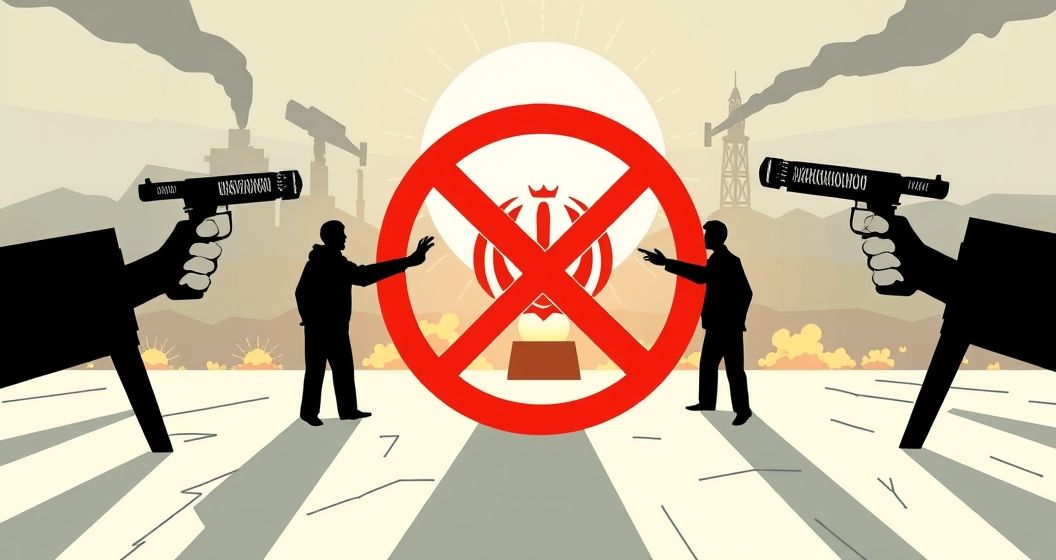Iran Nuclear Site Attacks Resolution: US Pressure Leads to Resolution Withdrawal
Western diplomats, speaking anonymously to preserve the confidentiality of internal discussions, confirmed that the US engaged in significant behind-the-scenes lobbying to block the resolution’s adoption. The exact nature of this pressure remains unclear, but it’s speculated to have included diplomatic pressure, potential sanctions threats, and promises of future concessions. The US’s stated concerns likely centered on the resolution’s potential to hinder its own security interests and limit its ability to respond to perceived threats.
Geopolitical Implications of Iran’s Decision
This unexpected turn of events has profound implications for regional stability and international nuclear non-proliferation efforts. The withdrawal suggests a significant shift in the geopolitical landscape, highlighting the enduring influence of the US in international affairs, even in the face of opposition from major global powers like China and Russia. The decision also raises questions about the future of nuclear security in the Middle East and the effectiveness of multilateral efforts to prevent nuclear proliferation.
Analysis of Iran’s Strategic Calculus
Iran’s decision to withdraw the resolution, despite its initial support, points to a complex strategic calculation. While the resolution offered a measure of protection for its nuclear facilities, it likely faced opposition from within Iran itself. Some factions may have believed that the resolution constrained Iran’s ability to respond to perceived threats or that it could be interpreted as a sign of weakness. The potential benefits of appeasing the US, even at the cost of sacrificing the resolution, may have been deemed more advantageous in the long run.
International Reactions and Future Outlook
The international community has reacted with a mix of surprise, concern, and speculation. Many countries are expressing apprehension about the potential escalation of tensions in the region, while others are questioning the long-term implications for nuclear arms control and the authority of international organizations. The incident underscores the fragility of international cooperation on nuclear non-proliferation and the challenges of navigating the complex web of geopolitical interests that shape global security. The future remains uncertain. The withdrawal of the resolution leaves Iran’s nuclear facilities potentially vulnerable to attack, increasing the risk of regional conflict. It also raises questions about the credibility of international agreements and the effectiveness of multilateral diplomacy in addressing critical security issues. The incident serves as a stark reminder of the ongoing tensions and power dynamics that characterize the international landscape. Further observation is crucial to understand the long-term effects of this significant development on regional stability and global nuclear security.


